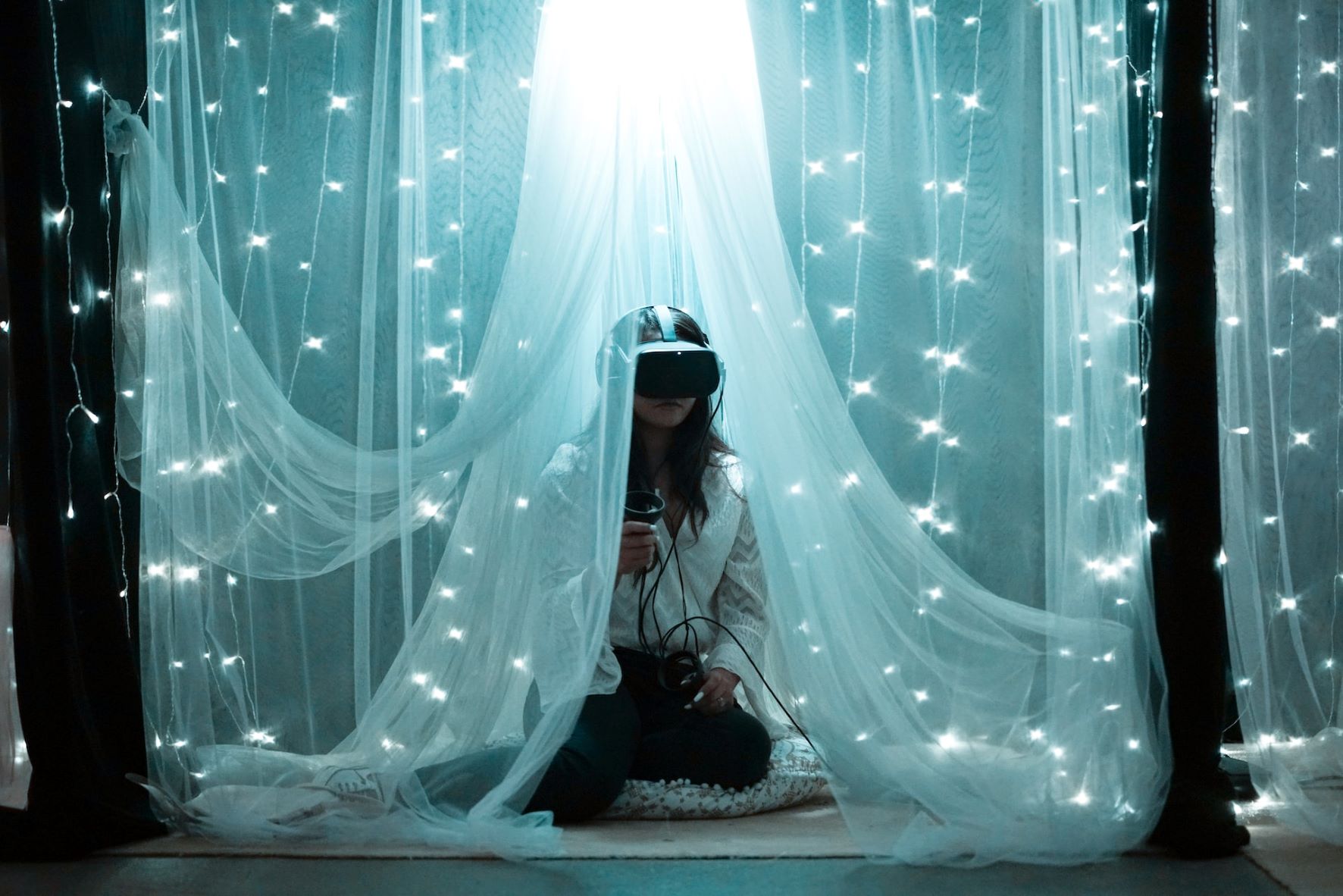How to instantly boost your digital footprint and build successful businesses.
High-bandwidth networks that provide high-performance applications such as augmented reality, virtual reality, and artificial intelligence are ready to disrupt marketing and commercial advertising (AI).
How soon? Apple and Meta have already devoted a significant amount of time and resources to this endeavor. Here is what I foresee coming next and how it will impact the future of marketing.
Augmented Reality
The market for augmented reality glasses might be enormous. Alphabet, when it was still Google, attempted it, but it may be Apple that makes it attractive and fashionable enough for the market to adopt it.
Late in May, Wired revealed that Apple had been developing a virtual reality headset since 2015. Expect new advertising opportunities to develop as a result of the increased eyeball space that will be created by the introduction of smart glasses. Imagine glancing at your significant other and seeing a sign above their head reminding you to get flowers for your anniversary.
Metaverse
In order to join the virtual reality product industry from a social media perspective, Facebook famously reorganized into Meta last year. They have put a lot of effort into the technological options for the company, such as virtual meeting rooms and virtual shared offices.
The number of metaverses will continue to grow, and with it, advances in virtual reality technology, networked settings, simulated worlds, and a robust digital economy.
High-performance graphical processing units (GPUs) and software support for photorealistic resolution, lighting, and physics engines are two factors that I believe will contribute to the expansion of the metaverse. The results will be a great improvement in the realism of virtual environments.
A virtual reality interface that is rich, immersive, and supports several senses is sure to attract a lot of users. The advertising sector will find a wealth of opportunities in the metaverses, including new types of signs, noises, and locations.
IoT (Internet of Things)
In the coming years, a plethora of new smartphone and laptop-connected devices will be developed, each featuring unique sensors, network connections, and capabilities.
There’s a chance that some of them will see sales growth on the curve that approaches what’s seen in mainstream markets. These could be useful since they would allow us to devote more time and energy to more important endeavors, like conducting business or playing in the metaverse.
With the help of the Internet of Things, your refrigerator can place an order for extra milk based on your preferences and the best deals in town whenever you run out. Large international markets might be expected for commercial applications like remote asset monitoring and supply chain process automation.
Blockchain
Blockchain might support and promote online innovation and interactivity in numerous ways.
To the point where its proponents in the investor and developer communities have begun referring to it as Web3. The creation, validation, and verification of digital identity and private property ownership of digital assets may one day depend on the use of non-fungible tokens (NFTs). In this sense, NFTs will inevitably become a staple of any effective marketing strategy.
The internet has brought people from all walks of life together, and with that comes a massive organizational challenge. How do you verify your identity and digital assets before using them online?
How can you make sure that your data and credentials are portable between systems? More and more technologies that address these issues will integrate smoothly, with blockchain providing silent, invisible power.
Voice Commands
We’ll become increasingly reliant on these automated virtual assistants to play music, podcasts, and other sounds as the trend toward increased conversational interaction between devices continues. Improvements in technologies like smart headphones and augmented audio could usher in a new era of profound disruption.
The audio-visual capabilities of the future augmented reality headgear can be rounded out by accessories like headphones with externally-facing input mics and internally-interfacing audio monitors.
Audio enhancements could include boosting the level of the person you’re trying to hear, decreasing the volume of distracting music or background noise, or adjusting the equalizer settings so that you can hear sounds and voices more clearly.
You may potentially receive audio adverts that are responsive to your location and context in addition to being aesthetically pleasing.
Automation
My final prognostication is that all tasks will be automated in the future where the benefits of doing so outweigh the costs (which include the time and energy spent training computers, acquiring relevant data, and so on).
Because of Moore’s law and the proliferation of sophisticated and interconnected networks, more and more of our technology will soon be capable of functioning independently of human input.
While there is currently no magic button that can be pressed to get exactly what you want, automation is having a significant impact and transforming the business landscape in significant ways.
Digital tools for e-commerce are improving in number, quality, and interoperability, making it simpler than ever to combine services into mostly autonomous e-commerce firms that drive traffic from Facebook and Instagram ads and convert it into sales on Shopify and Amazon.
In Conclusion
Technologies like AR/VR/AI have the amazing quality of being both alien and all too familiar. Business executives who keep their cool and stick to the basics of good management will be the ones who make a difference as these technologies transform the landscape.
Those who envision, create, and market truly exceptional items while providing exceptional customer service will be the ones who benefit from this cutting-edge technology.
Contact Oregon Advertising today to discuss your digital marketing plan for 2023!

